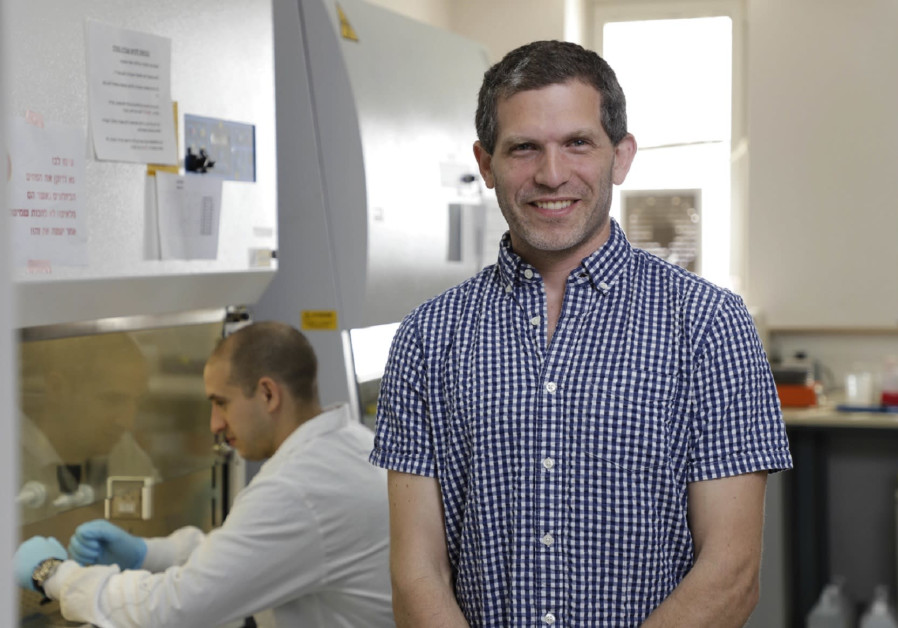A team of Tel Aviv researchers has developed a new technology to restore the sense of touch for people with damaged nerves.
The technology, developed by Dr. Ben M. Maoz from Tel Aviv University’s Department of Biomedical Engineering, together with Dr. Amir Arami from the Sackler School of Medicine and the Microsurgery Unit in the Department of Hand Surgery at Sheba Medical Center, involves a tiny (half a centimeter by half a centimeter in size) sensor that can be implanted on a damaged nerve and connected to a healthy nerve. The implant, made of two small pieces of insulating material, generates static electricity by friction, meaning that it does not require any electricity or batteries.
Each time the limb touches an object, the sensor is activated and conducts an electric current to the functioning nerve, which recreates the feeling of touch.

In addition, any time the device senses friction, it charges itself.
The new device could help people with nerve damage avoid dangerous accidents and improve the quality of their lives.
“And it is also your toes – if you cannot feel how much pressure to put on your toes, you cannot walk straight,” he said. “Instead, you limp.”
Maoz told how “Arami shared with me the difficulty he experiences in treating people who have lost tactile sensation in one organ or another as a result of injury. It should be understood that this loss of sensation can result from a very wide range of injuries, from minor wounds – like someone chopping a salad and accidentally cutting himself with the knife – to very serious injuries. Even if the wound can be healed and the injured nerve can be sutured, in many cases the sense of touch remains damaged.
“We decided to tackle this challenge together, and find a solution that will restore tactile sensation to those who have lost it.”
Maoz and Arami decided to tackle this challenge back in 2019. It took until now to
The research was recently published in the peer-reviewed journal ACS Nano.
“We tested our device on animal models, and the results were very encouraging,” Maoz said. “Next, we want to test the implant on larger models, and at a later stage implant our sensor in the fingers of people who have lost the ability to sense touch.”
He added that the device is made out of biocompatible materials that are safe for the human body and should be able to be implanted anywhere once clinical trials are complete – meaning not just fingers and toes.
The implantation process is easy, he said, and the device is not visible once it has been implanted.
Maoz said that, “if all goes well,” the sensors could be available within the next two years.
“We hope that by using the device, we can take this whole field a step forward to be able to restore tactical sensation,” he concluded.
